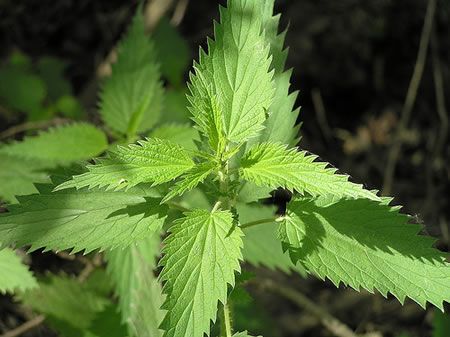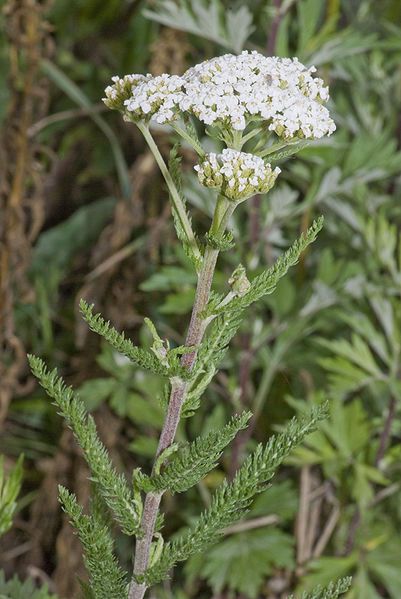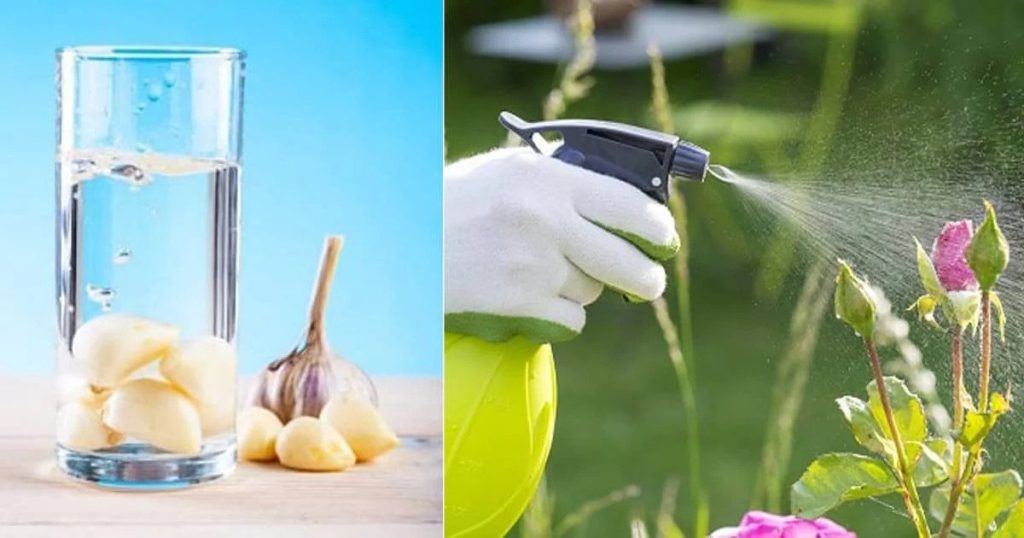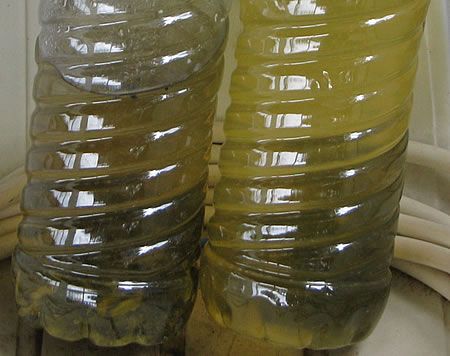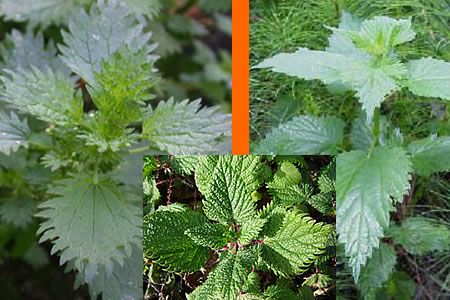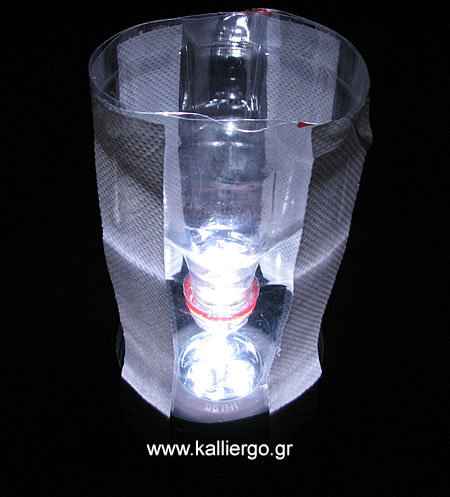Nettle is a useful weed, although very misunderstood. Perhaps because it has been associated when we were children, with the pain and itching caused by the contact with its leaves.
Nettles are considered weeds We find them in our fields and in our gardens. Pretty much all of us have been stung by nettles, especially when we were children, and we remember the itching it causes. That is why most of us avoid them and consider them harmful. But is that the case?
I must confess that until a few years ago I had no respect for nettles. Nettles were just another weed that grew where I didn’t want them to, and caused me problems. I was uprooting them from the garden. I was in a fight with them.
But today, my attitude towards nettles has completely changed. I respect them, I don’t uproot them and I try to have as many as possible in our garden.
Read on to find out why.
A little scientific information about stinging nettles (Urtica dioica)
Stinging nettle (Urtica dioica) is a plant that belongs to the family of Cnidobium.
It is an annual or perennial, herbaceous, native plant, with about 40 species worldwide.
Stinging nettle was originally native to Europe, much of temperate Asia and western North Africa, but it is now found worldwide, including New Zealand and North America.
The stem reaches a height of 1 m and the flowers are small and odorless.
The species is divided into six subspecies, five of which have many hollow stinging hairs called trichomes on the leaves and stems, which act like hypodermic needles, injecting histamine and other chemicals (formic acid and acetylcholines, among others) that produce a stinging sensation upon contact (“contact urticaria”, a form of contact dermatitis).
The stinging hairs called trichomes, are destroyed by boiling or roasting.
The Greek name of the plant is τσουκνίδα.
One of the most poisonous species of nettle is the one known as Devil’s Nettle (Devil’s Nettle or Achillea millefolium or common yarrow).
Devil’s Nettle
Species of stinging nettle
The known species of stinging nettle are the following:
- Urtica angustifolia Fisch., China, Japan, Korea
- Urtica ardens, China
- Urtica atrichocaulis Himalaya, Νοτιοδυτική Κίνα
- Urtica atrovirens, western Mediterranean region
- Urtica cannabina L. 1753, western Asia, from Siberia to Iran
- Urtica chamaedryoides (heartleaf nettle), southeastern North America
- Urtica dioica L. 1753 (stinging nettle or bull nettle), Europe, Greece, Asia, North America
- Urtica dubia (large-leaved nettle), Canada
- Urtica ferox (ongaonga or tree nettle), New Zealand
- Urtica fissa, China
- Urtica galeopsifolia Wierzb. ex Opiz, 1825, (fen nettle or stingless nettle), Europe (often considered a subspecies of Urtica dioica)
- Urtica gracilenta (mountain nettle), Arizona, New Mexico, western Texas, northern Mexico
- Urtica hyperborea Himalaya, Pakistan to Bhutan, Mongolia and Tibet at high altitude
- Urtica incisa (scrub nettle), AustraliaUrtica kioviensis Rogow. 1843, eastern Aurora
- Urtica laetivirens Maxim. 1877, Japan, Majuria
- Urtica linearifolia (creeping or swamp nettle), New Zealand
- Urtica mairei Himalaya, southwest China, northeast India, Myanmar
- Urtica membranacea, Mediterranean regions, Azores
- Urtica morifolia, Canary Islands (endemic)
- Urtica parviflora, Himalaya (low altitude)
- Urtica pilulifera (Roman nettle), southern Europe
- Urtica platyphylla Wedd. 1856-1857, China, Japan
- Urtica procera Mühlenberg (tall nettle), North America
- Urtica pubescens Ledeb. 1833, south-western Russia, from eastern to central Asia
- Urtica rupestris, Sicily (endemic)
- Urtica sondenii (Simmons) Avrorin ex Geltman, 1988, northeastern Europe, northern Asia
- Urtica taiwaniana, Taiwan
- Urtica thunbergiana, Japan, Taiwan
- Urtica triangularisa
- Urtica urens L. 1753 (dwarf or annual nettle), Europe, North America, Greece
Nettle as a means of organic plant protection
From the leaves of nettle we can create a natural and organic means of protection against aphids and the leafminer of celery.
- Put 250 grams of nettle leaves in a bucket of water and leave them for a week. (For best results, use rainwater that does not contain chlorine).
- Drain the water.
- Use the liquid solution to spray the rose bushes and celery.
- Repeat after one week.
You will see that the aphids will be dramatically reduced or disappear completely.
The nettle leaves that created the solution can be added to your compost. Nothing is wasted.
Nettle as an activator in compost
- Put nettles in a bucket containing rainwater (or water without chlorine).
- Leave them for a week.
- Pour the water and nettle leaves into the compost and mix.
It will act as an activator and speed up the composting process.
Nettle in traditional medicine
Before I go any further, I should tell you that nettle and its various derivatives have not been evaluated by the FDA (Food & Drugs Administration) regarding safety and efficacy. You should also be aware that not all types of nettle have the same properties and efficacy. The most effective nettles are Urtica dioica, and Urtica urens, because they have a large number of stinging hairs on their leaves.
Nettles are rich in mineral salts: calcium, copper, chlorine, potassium, silicon, sodium, iron. The decoction of the species Urtica urens, which is also found in Greece, is an excellent diuretic and against gallstones, while the juice of its seeds stops bleeding. According to some botanists, it helps in the treatment of skin eczema, helps reduce uric acid and generally contributes to good blood circulation.
See how to pick and eat raw nettles
I have tried this technique for eating raw nettles.
No burning in hands or mouth.
I ate the part of the plant I cut. The taste of nettle tastes like blackberry and is pleasant.
Useful information can also be found at
Stinging Nettle – Uses, Side Effects, and More
Urtica dioica
Why Nettles Are Great For Your Garden
Dendrocnide moroides
Tags: NETTLE • PLANT PROTECTION • WEEDS

